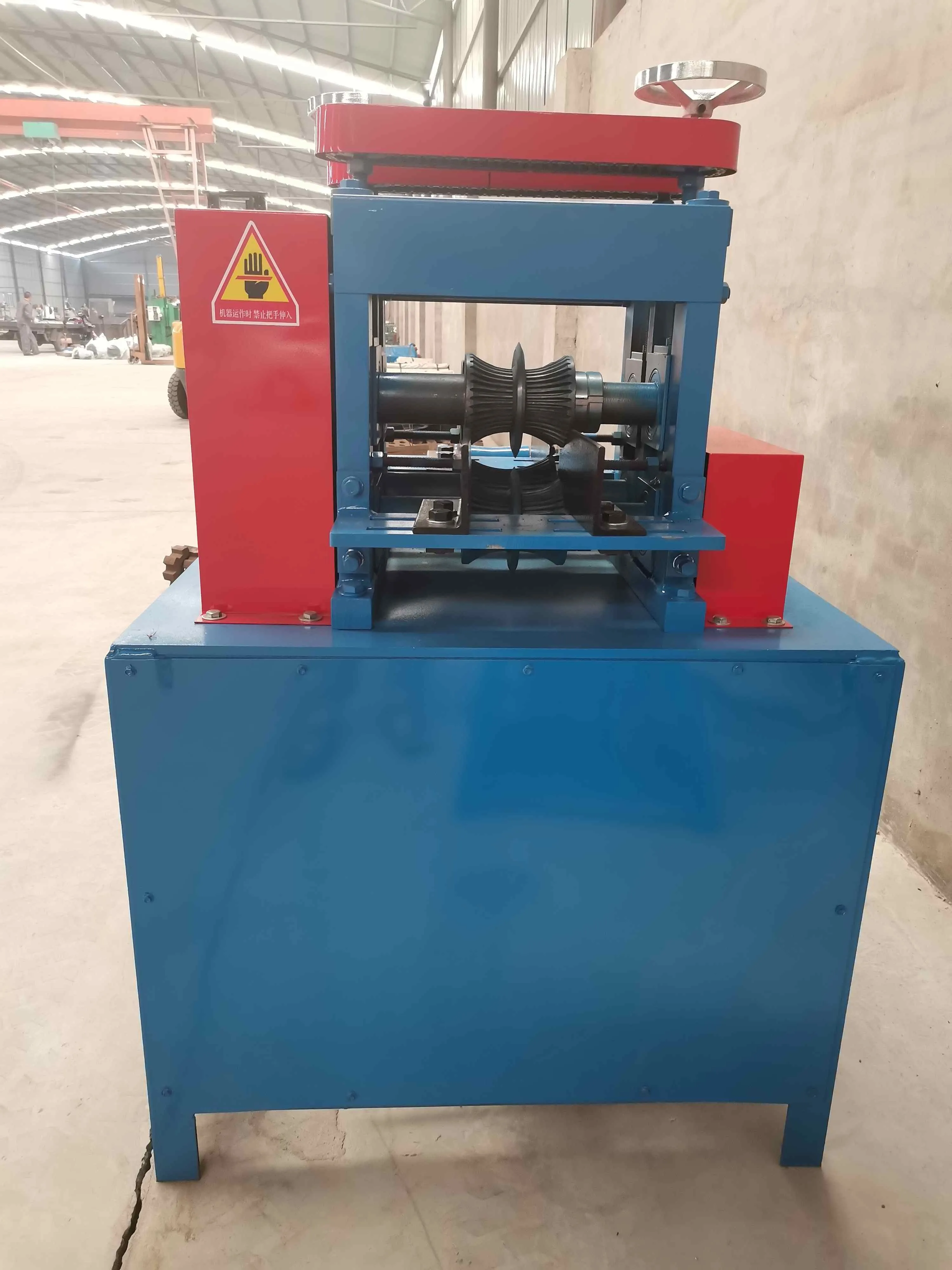

સપ્ટેમ્બર . 10, 2024 05:16 Back to list
Understanding the Costs of Industrial Shredders
When it comes to managing waste materials, industrial shredders play a crucial role in various sectors, including manufacturing, recycling, and waste management. Their ability to reduce the size of materials helps in optimizing space, improving safety, and facilitating further processing. However, the cost of industrial shredders can vary significantly based on multiple factors.
Types of Industrial Shredders
Before delving into costs, it’s important to understand the different types of industrial shredders available in the market. The most common types include
1. Single-Shaft Shredders These are versatile machines often used for shredding plastics, wood, and electronic waste. Their simplicity and effectiveness make them popular among many industries.
2. Twin-Shaft Shredders Known for their high throughput capacity, twin-shaft shredders are ideal for handling large volumes of materials, such as tires and metal.
3. Four-Shaft Shredders These offer a finer shredding capability and are typically used in recycling and hazardous waste management scenarios.

Factors Influencing Costs
1. Type of Shredder The cost will largely depend on the shredder type. Single-shaft shredders may range from $20,000 to $100,000, whereas twin and four-shaft shredders can cost significantly more due to their advanced features and capabilities.
2. Capacity and Size Larger industrial shredders with higher throughput capacities will generally have a higher price tag. This is an important consideration for businesses that rely on extensive processing.
3. Material and Build Quality Shredders made from high-quality materials offer superior durability and performance, often resulting in a higher initial investment.
4. Add-Ons and Features Many shredders come with optional features like noise reduction, advanced controls, and custom feeding systems. While these add-ons increase functionality, they also add to the overall cost.
5. Maintenance and Operating Costs It’s crucial to factor in the long-term costs of operation and maintenance. Regular servicing, replacement parts, and energy consumption should all be considered when budgeting for an industrial shredder.
Conclusion
Investing in an industrial shredder can be a significant financial commitment, but understanding the associated costs can help businesses make informed decisions. By considering the type of shredder, its capacity, materials, and additional features, companies can select the right machine to meet their specific needs while managing their budgets effectively. As waste management continues to evolve, investing in the right shredding technology becomes increasingly essential for sustainable operations.
Latest news
Troubleshooting Common Eddy Separator Problems
NewsJul.04,2025
The Role of Metal Recycling Plants in Circular Economy
NewsJul.04,2025
The Impact of Recycling Line Pickers on Waste Management Costs
NewsJul.04,2025
Safety Features Every Metal Shredder Should Have
NewsJul.04,2025
How Industrial Shredders Improve Waste Management Systems
NewsJul.04,2025
How Cable Granulators Contribute to Sustainable Recycling
NewsJul.04,2025